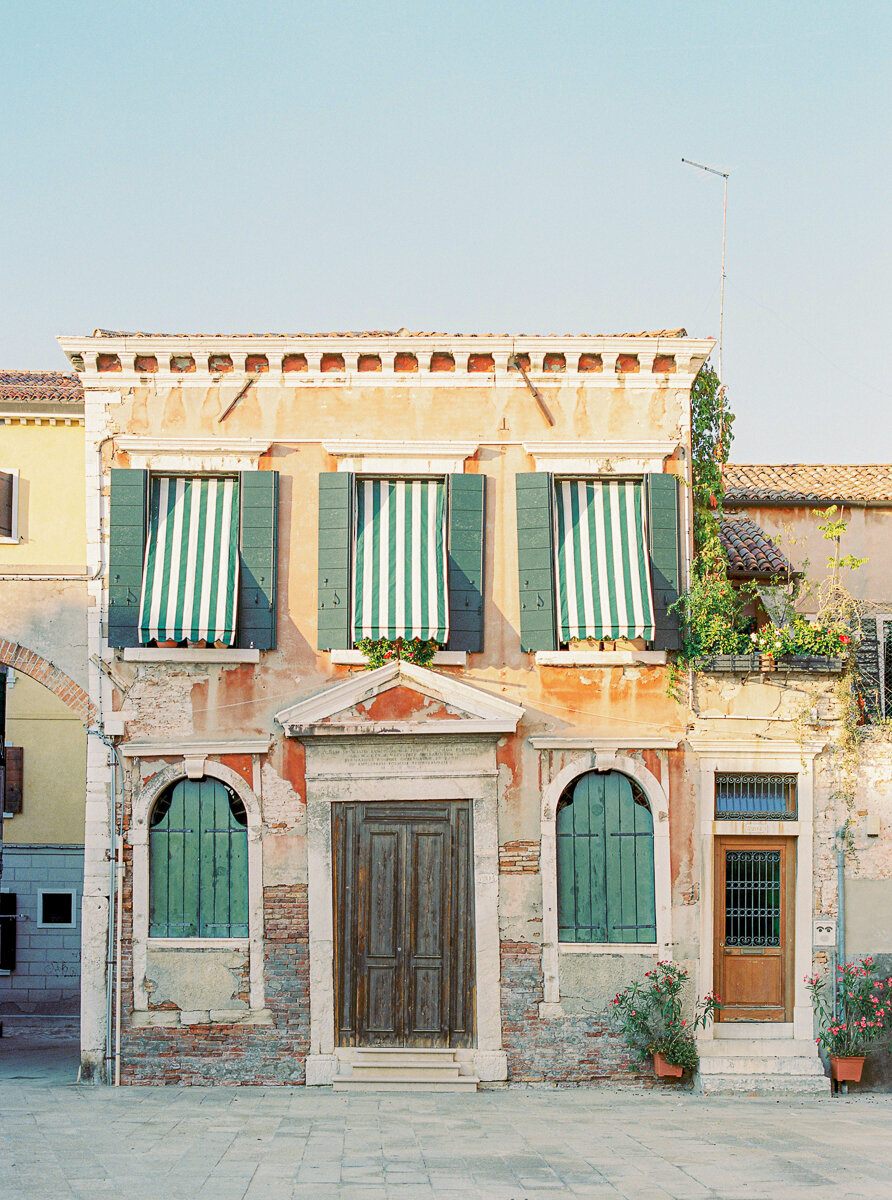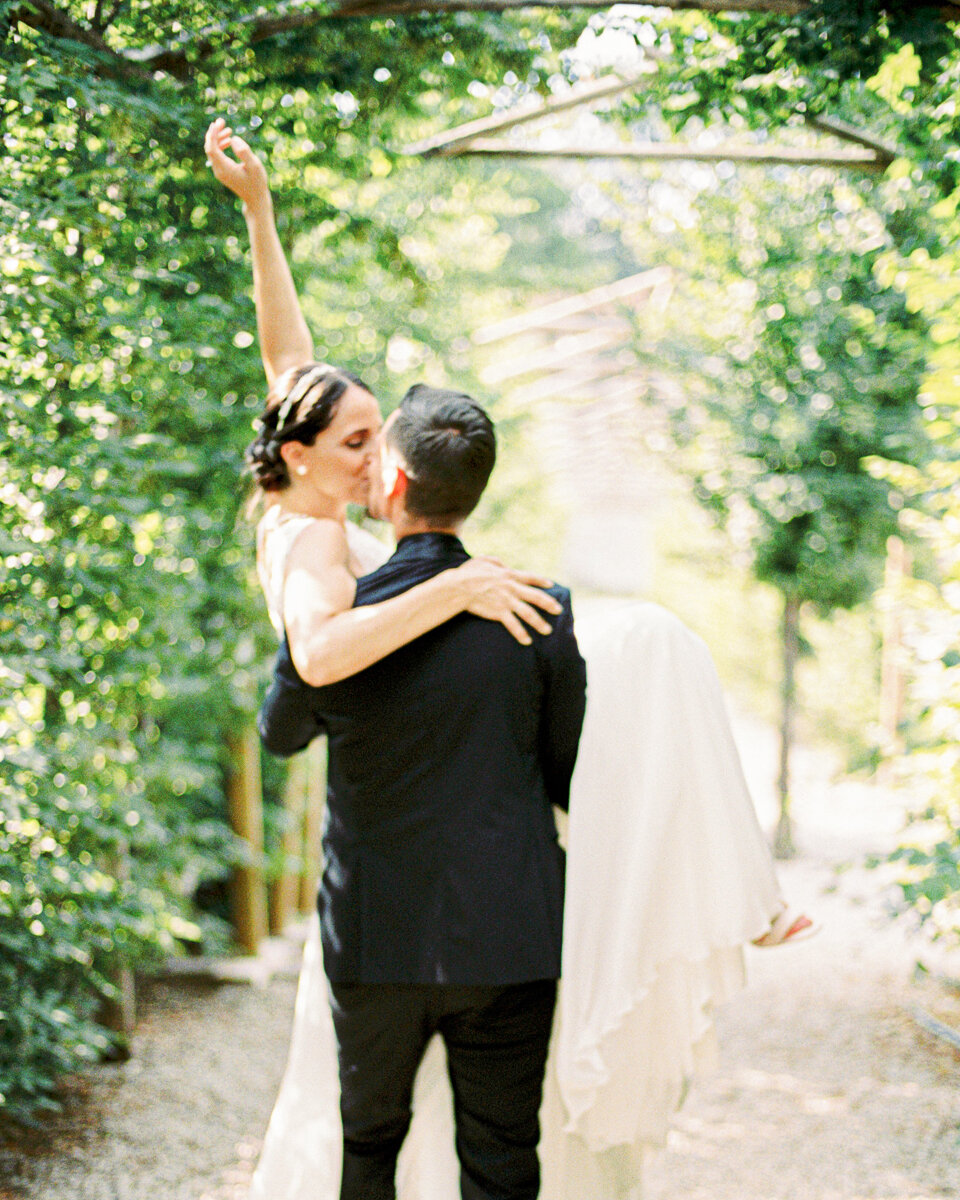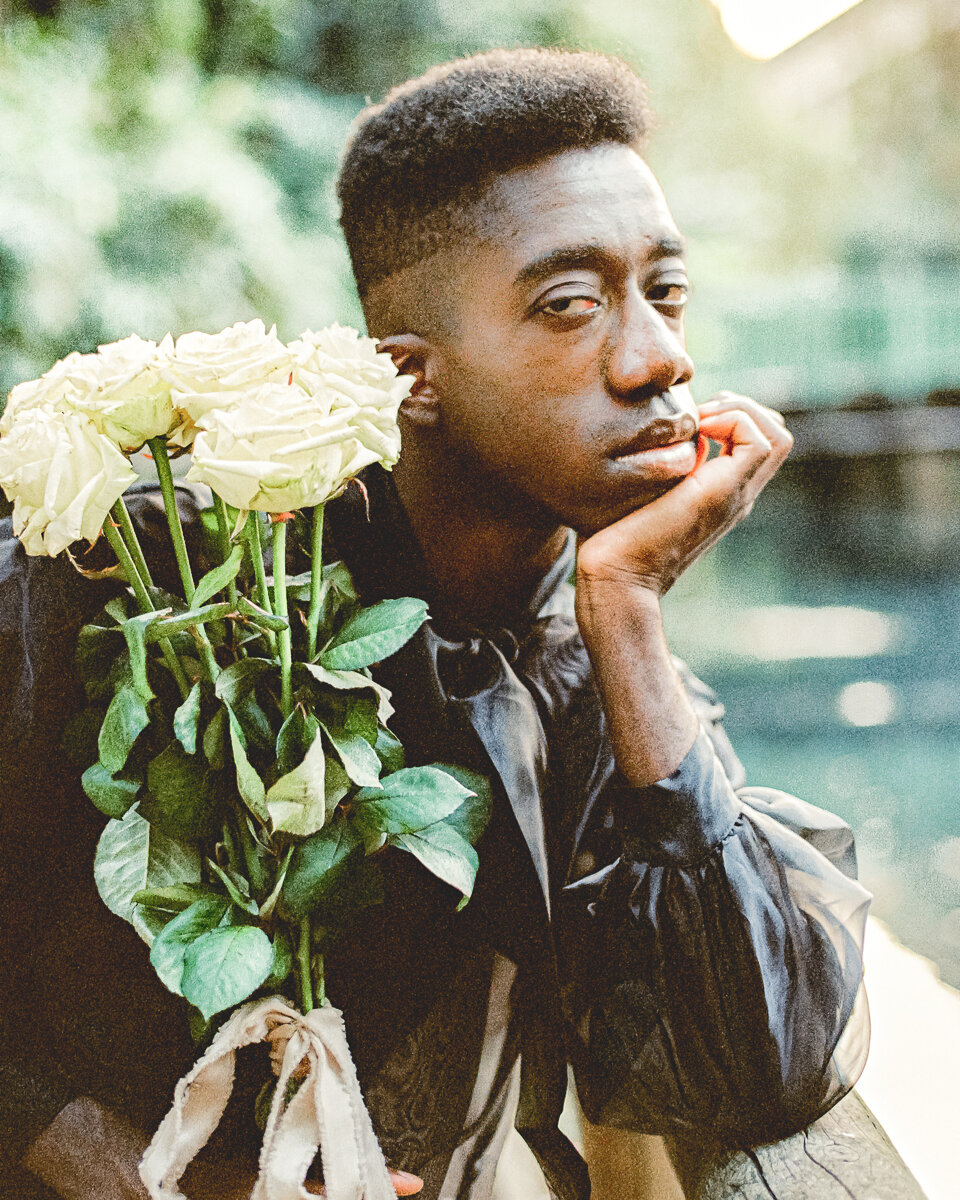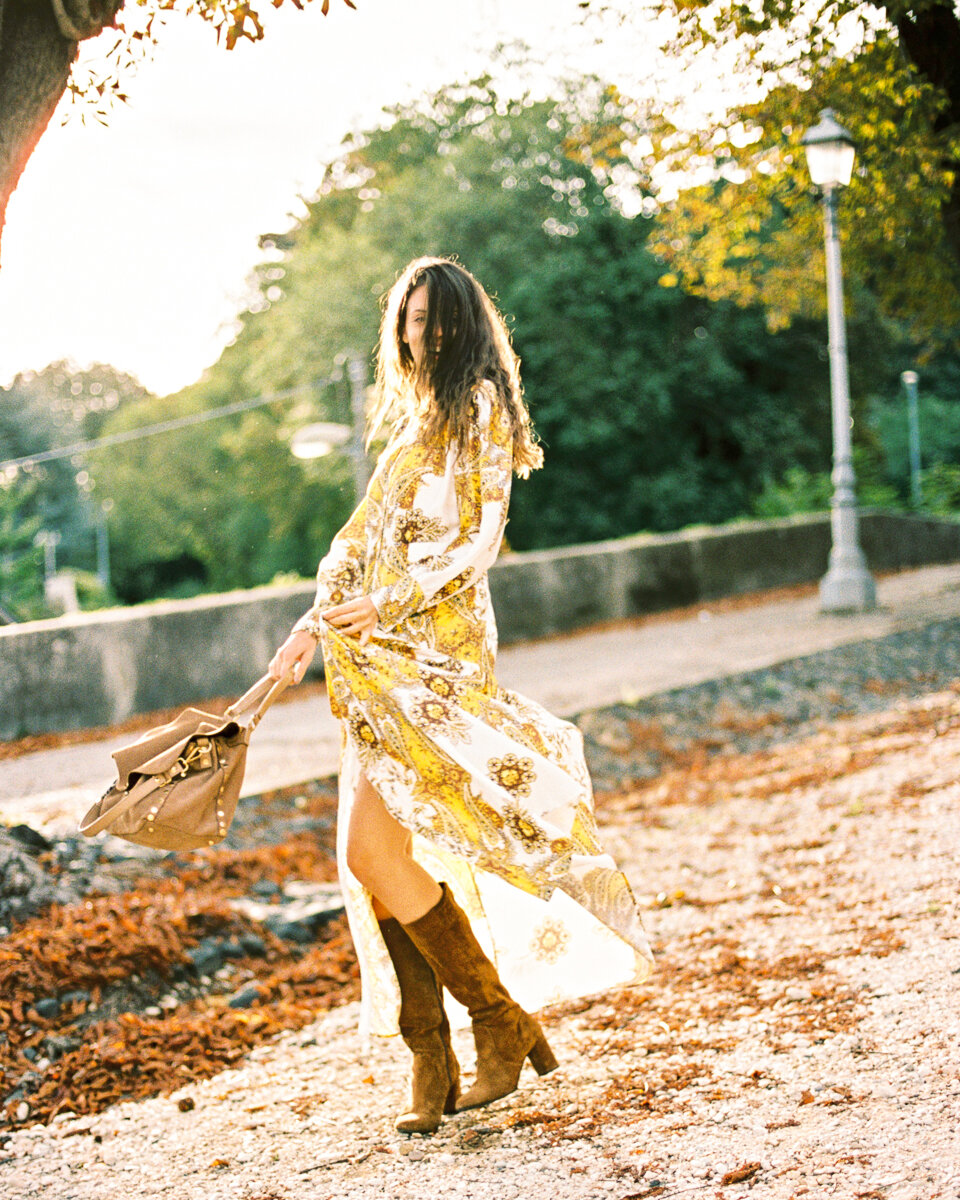Fujifilm Fuji Pro 400H 35mm Review and Sample Images (2022)
In the image: Portrait of the groom shot on Fuji Film Fuji 400hh 35mm with a canon Elan 7e + Canon 50mm 1.4 @1.4. Developed and scanned by Ghisa Film Lab on a Fujifilm Frontier sp-3000 scanner.
In the image: Museum in Florence shot on Fuji Film Fuji 400hh 35mm with a canon Elan 7e + Canon 50mm 1.4 @1.4. Developed and scanned by Ghisa Film Lab on a Fujifilm Frontier sp-3000 scanner. The room was very dark so I ended up pushing the film by 1 stop during developement.
About Fuji PRO 400H
It was in the year 2004 that this film got introduced in the market to replace the last of ‘NP’ series it had in those days. While introducing Fujifilm announced that their 400H PRO film stock offers users faithful neutral gray reproduction with sharply enhanced fidelity!
This was over a large exposure from over to underexposures, thereby providing most analog photographers with a ray of hope. The photographers were eager to get hold of better film stock.
In the image: View of Florence shot on Fuji Film Fuji 400hh 35mm with a canon Elan 7e + Canon 50mm 1.4 @1.4. Developed and scanned by Ghisa Film Lab on a Fujifilm Frontier sp-3000 scanner. I really love how film retains lots of details in the highlights and the shadow of the image without looking “fake” or artificial.
In the photo: Duomo of Florence
Salient features
This film stock features a 4th color-sensitive layer besides conventional RGB-sensitive layers. Besides this, it hyped that the film could be used for various purposes. It ranged from wedding photography, to portrait to fashion work and commercial.
Wide Exposure Latitude
These days, most color-negative films tend to come with wide exposure latitude that is desired in a film stock. But it cannot be termed to be a unique trait to set apart a film stock.
Film speed: although the 400 ISO speed, I really think that this film stock really shines when shot at 200ISO speed (or generally overexposed!)
This film stock’s exposure latitude makes it easier to shoot when compared to color-positive film. Manual settings with 2 stops of overexposure help the photo to be a bit more vibrant and contrast, providing natural feel and quality to it.
Skin Tone Reproduction
This is probably the main reason wedding and portrait photographers have used this film stock for decades: the beautiful pinky creamy skin tones.
I would not recommend this type of film if you are shooting pale skins with imperfections (rosacea, acne…) as it tends to emphasize these flaws.
In the image: Bike in the streets of Florence shot on Fuji Film Fuji 400hh 35mm with a canon Elan 7e + Canon 50mm 1.4 @1.4. Developed and scanned by Ghisa Film Lab on a Fujifilm Frontier sp-3000 scanner.
In the image: Me reading a guide in the streets of Florence near Ponte Vecchio. shot on Fuji Film Fuji 400hh 35mm with a canon Elan 7e + Canon 50mm 1.4 @1.4. Developed and scanned by Ghisa Film Lab on a Fujifilm Frontier sp-3000 scanner.
Color Representation
The colors are not only bright but also accurately represented.
Greens: lean towards a cool tone
Orange: lean toward peach
Reds: very bright and saturated
Undertone: undertone is cool and blue (as opposed to Kodak Portra 400 which is yellow and warm)
Blues: lean towards teal and are not really saturated.
TO SUM UP..
PROS:
COLORS: I would recommend this film stock for photographers who specialize in photographing people (weddings, portraits, seniors), the rendering of almost all skin tones is true to life and vibrant, with the only exception of lighter European skin tones who can sometimes appear too pink bright. I would describe the skin tones to be pink, bright, and glowy. Most Fujifilm film stocks are blue-based and that translated in an added layer of cool hue to the picture.
LATITUDE: The other benefit of this magnificent film has superb coverage in the exposure latitude. The quality of the photos is excellent along with offering vivid, gentle, soft tones in the final pictures regardless of the initial exposure. You can, in fact over-expose Fuji 400h by 2 or more stops without a significant alteration of the negative. I strongly recommend shooting at ISO200 or ISO100 for best results and maximum dynamic range. Under-exposing can lead to muddy\grainy\green pictures.
AVAILABILITY: Fujifilm 400h is no longer available. It has been discontinued in 2020. You can still find it online (ebay for example) for very high prices.
VERSATILITY: I don’t think this is axactly the most flexible film as It requires TONS of good natural\artificial light to really shine. As you can imagine is not the perfect companion for traveling when light can be unpredictable! Also, I have accidentally underexposed this film several times and the results are not pleasing at all: very green and grainy (and not in a good way!)
With this characteristics, the Fuji 400h becomes the ideal film for portrait, fashion or outdoor photography.
In the image: Maternity photo taken in front of the Hotel Danieli in Venice. shot on Fuji Film Fuji 400hh 35mm with a canon Elan 7e + Canon 50mm 1.4 @1.4. Developed and scanned by Ghisa Film Lab on a Fujifilm Frontier sp-3000 scanner.
CONS:
PRICE: At the time of writing this article (2022) a roll of Fuji 400h 35mm costs around 18€ at my local camera store, the price is similar online. Sometimes you can find deals and little price variation but it’s still very expensive compared to film stocks like Kodak Colorplus 200 or Kodak Gold 200.
COLORS: The only negative side I can find is that I don’t really like how it shoots the reds. They are way too vibrant and “in your face”. Also sometimes fair skintones can be very washed out.
SCANNING: I found that Fuji 400h was a little bit more difficult to scan at home as opposed to Colorplus 200 or Kodak Gold. It takes a little bit longer to get the colors “right”. This problem is easily solvable by using a professional lab to develop and scan your negatives. I love to ask my labs to scan it using the Frontier sp-3000 scanner and I’m very pleased with the results, but I’m not planning on self-scanning my rolls since It’s very frustrating and inconsistent. Remember to ask to scan for the shadows and be specific about the look that you are after!
In the image: Portrait of a couple in Venice shot on Fuji Film Fuji 400hh 35mm with a canon Elan 7e + Canon 50mm 1.4 @1.4. Developed and scanned by Ghisa Film Lab on a Fujifilm Frontier sp-3000 scanner.
In the image: Garden Florence shot on Fuji Film Fuji 400hh 35mm with a canon Elan 7e + Canon 50mm 1.4 @1.4. Developed and scanned by Ghisa Film Lab on a Fujifilm Frontier sp-3000 scanner.



















